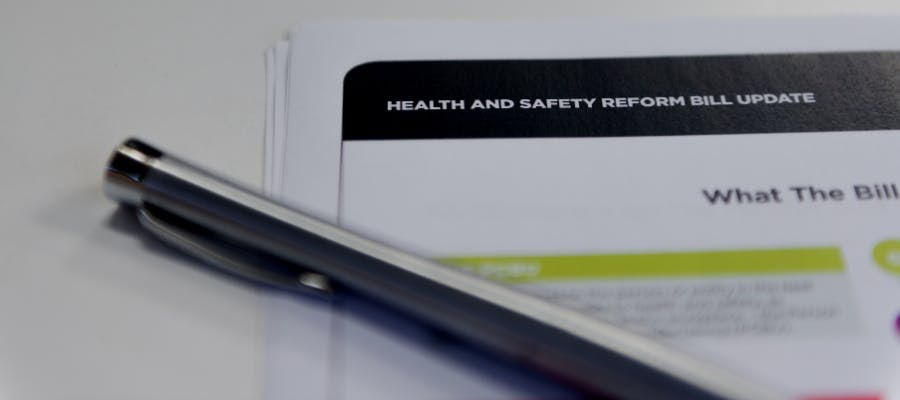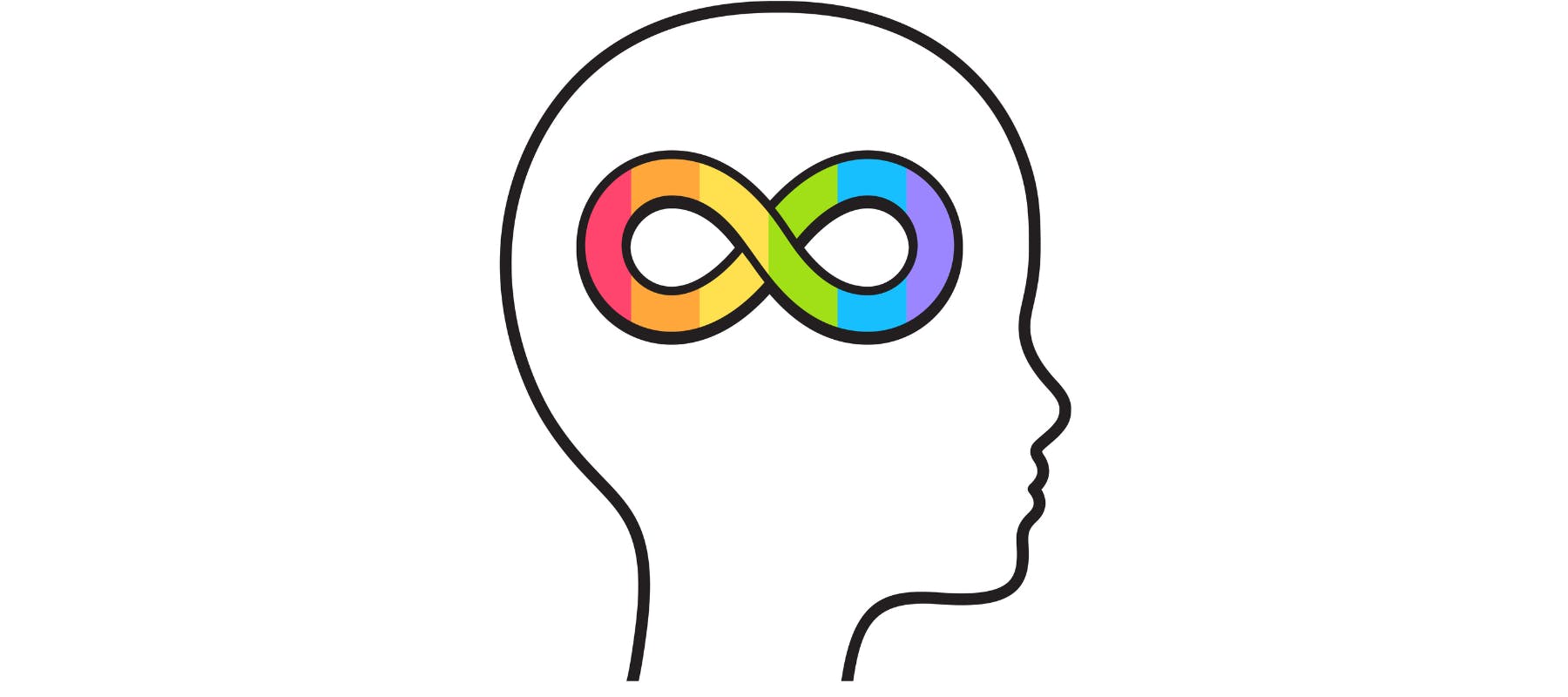First published on Thursday, Apr 27, 2023
Last updated on Thursday, Apr 27, 2023
Friday the 28th of April is World Day for Safety and Health at Work. Originally, the day was started by the trade union movement to raise awareness for workers killed, disabled, injured, or made unwell by their work. Now large bodies like the International Labour Organisation (ILO) recognise the day to stress the importance of prevention when it comes to workplace safety.
And as an employer, prevention is key. It’s your legal duty to ensure a safe and healthy workplace for workers and others by implementing written procedures and providing instruction and training – and keeping accurate records to show it! Because if things go wrong and you don’t do everything you possibly can to demonstrate your steps in preventing an incident, you could be breaching your health & safety obligations and face serious penalties and fines.
So, to mark World Safety and Health at Work Day 2023, our BrightSafe health & safety specialists have put together a useful blog on the most common health & safety risks and how you can avoid them.
Let’s assess those risks…
Risk 1: Protecting your workers from psychosocial hazards in the workplace
Psychosocial hazards have changed the face of health & safety at work. These hazards, and their associated risks, aren’t always visible to the human eye, which makes controlling them much more complicated for you as an employer.
The Model Code of Practice identifies 14 different psychosocial hazards that span everything from poor support and low job control to violence and sexual harassment.
By law, businesses must make sure that psychosocial risks are eliminated from the workplace. If this is not reasonably practicable, these risks must be minimised.
Eliminating or minimising psychosocial risks is much easier said than done. With every hazard needing different control measures, and the possibility of multiple hazards occurring at the same time, risk assessments can help you determine how severe the psychosocial risks are to your workers.
Some things to keep in mind when identifying your psychosocial risks are:
- The duration, frequency, and severity of your workers’ exposure to psychosocial hazards.
- How the different psychosocial hazards you’ve identified can interact and combine to create new risks.
- The demands and tasks of the jobs your staff who are at risk of psychosocial hazards undertake.
- The way your work is managed, organised, and the support available for your workers.
- The environmental conditions in your workplace including entries and exits, and workplace facilities that support your staff’s welfare.
- How workplace interactions and behaviours impact psychosocial risks.
- If and how training, information, and instruction are offered to your workers to lower the possibility of psychosocial risks.
Creating risk assessments will not only help you make necessary adjustments to your workplace, but it’ll also help you maintain a record of psychosocial risks that you can review over time to identify trends and workers who may be more at risk than others.
Need more support? Download BrightSafe’s psychosocial hazards and risks assessment.
Risk 2: Slips trips and falls, protecting staff from minor or serious injury
Slips, trips, and falls all count as preventable injuries. The best way to manage the risks of your employees slipping, tripping, or falling in your workspace is to eliminate these hazards at the design stage of the workplace.
While the aim with workplace risks should always be elimination, this isn’t always possible. That’s why, as a business you must minimise risks as far as reasonably practicable.
Your obligations include:
- Designing safe workplaces by paying attention to floors, stairs, lighting, drainage, and storage in your workplace.
- Set clear procedures to remove rubbish, return tools and other equipment to designated storage areas after use, and report and clean spills. This helps reduce incidents of slips, trips, and falls.
- Making sure you have the right facilities in place to keep the workplace clean with adequate bins, cleaning schedules, and walkways that are clear of cords and other tripping hazards.
- Providing training to keep workers aware of how to report hazards and incidents and the steps they can take to prevent injuries.
Even when you take all the necessary precautions your staff can still hurt themselves. Most often incidents are caused by tiredness, distraction, and office clutter!
To prevent workplace incidents and keep your staff safe, you need to identify any potential hazards that could cause a serious fall, trip, or slip. If your staff have a method for recording hazards and identifying risks, it can greatly reduce workplace incidents and give you a record to avoid the risk of any disputes.
Having a health & safety software with a tool for incident reporting means you can keep a log for your protection. But knowing which key details to record can be a challenge. So, here’s a handy risk assessment to help you get started.
Risk 3: Hazardous manual tasks—lowering the risk of musculoskeletal disorders endangering your staff
According to the WHO, musculoskeletal impairment comprises more than 150 different diseases and conditions. They can arise suddenly and fade quickly or lead to long-term conditions.
However long they may last, musculoskeletal disorders pose a huge health & safety risk, which means the more hazardous manual tasks you can eliminate the better it will be for your employees.
The most effective way to eliminate hazardous manual tasks is by designing your work in a way that avoids these hazardous tasks altogether. If this isn’t a possibility, steps must be taken to minimise these risks from arising.
If you do recognise a manual task as hazardous, a risk assessment can help you identify: * The specific postures and movements of the task that create a risk. * At what point in the task do they pose a risk. * Why these risks are occurring. * What needs to change to fix this.
It’s important that you examine the whole task, step by step, to know exactly where the risk is coming from. Workers who carry out the task, and their management who control how the task is done should also play an active role in this assessment to actually make a difference in eliminating hazardous manual tasks.
Failure to manage these risks can lead to your workers facing possible life-threatening injuries. So, make sure you stay ahead of workplace hazards with timely risk assessments.
Download BrightSafe’s manual handling risk assessment to stay on top of your workplace health & safety.
Protect your staff and your business this World Day for Safety and Health at Work
In all these cases and lots more, it is your legal obligation as an employer to do everything in your power to prevent employees from getting hurt at work. Not only to protect your staff from injury but also to avoid potential penalties and fines, compensation claims, and a damaged reputation.
So, stay on top of your responsibilities this World Day for Safety and Health at Work and beyond with templates from BrightSafe’s end-to-end health & safety software, covering up to 400 risks.
Get better peace of mind when it comes to your workplace safety. Learn more about end-to-end health & safety software and advice.






